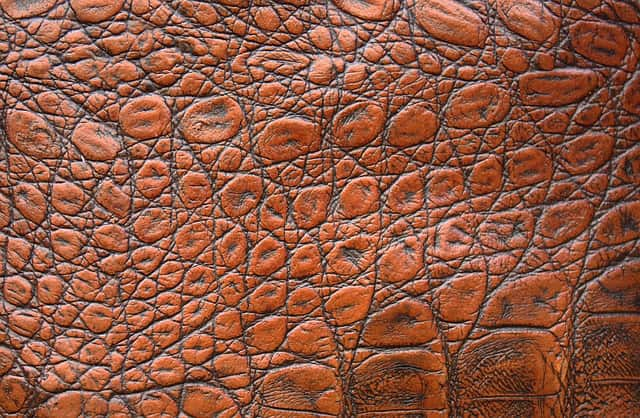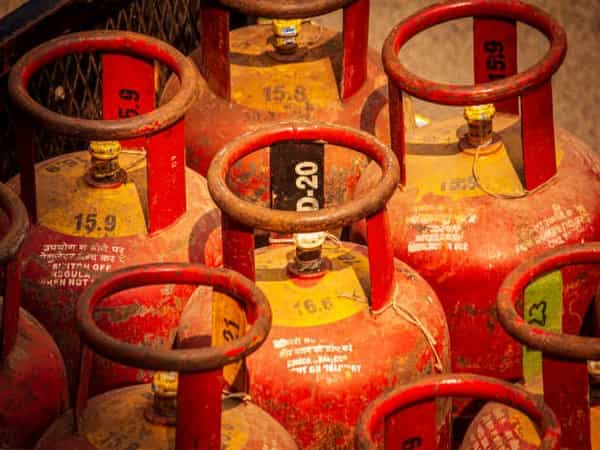The Directorate General of Foreign Trade (DGFT) which comes under the Ministry of Commerce & Industry on Monday reduces several procedural restrictions on the export of value-added leather products.
The government said that port restrictions have been withdrawn, allowing the export of finished leather, wet blue leather, and EI tanned leather from any port or inland container depot (ICD).
“The mandatory requirement for testing and certification by the Central Leather Research Institute (CLRI) for export of such leather products has been dispensed with, according to the ministry.
Earlier, the government made these exports restricted to specific notified ports.
However, with the complete removal of export duties on these leather categories and the clear visual and technical distinction between raw and processed leather, the government has deemed the earlier procedural checks as redundant.
The decision follows extensive consultations with key stakeholders in the sector, including the Council for Leather Exports, leather exporters, and the CLRI. It will reflect a broader policy direction towards reducing compliance burdens and improving the global competitiveness of Indian leather goods.
According to the Ministry of Commerce & Industry, the move is expected to simplify export procedures, reduce transaction costs, and significantly benefit Micro, Small and Medium Enterprises (MSMEs), which constitute a large segment of India’s leather export sector.
“The reforms also support India’s efforts to enhance export competitiveness in the global leather value chain while maintaining transparency and quality standards under general customs provisions,” the government said.
Anurag Dhole is a seasoned journalist and content writer with a passion for delivering timely, accurate, and engaging stories. With over 8 years of experience in digital media, she covers a wide range of topics—from breaking news and politics to business insights and cultural trends. Jane's writing style blends clarity with depth, aiming to inform and inspire readers in a fast-paced media landscape. When she’s not chasing stories, she’s likely reading investigative features or exploring local cafés for her next writing spot.






